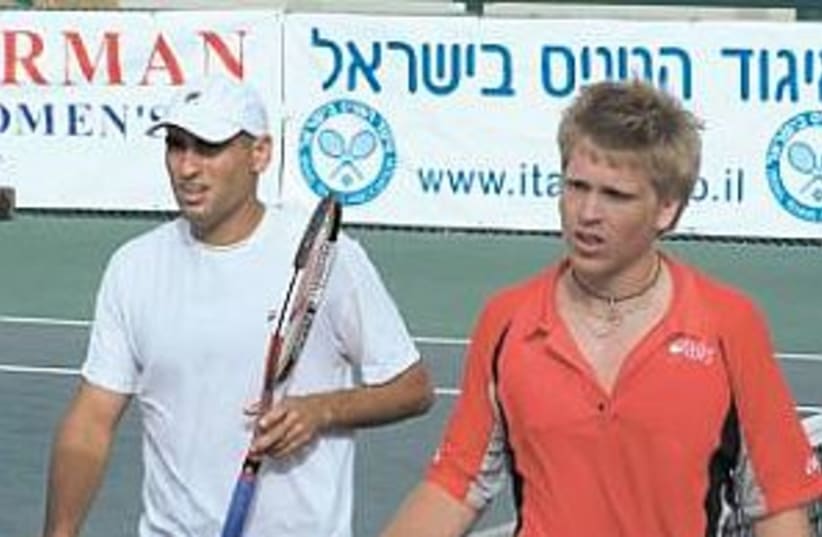| JPOST.COM HIT LIST | |
| JPost.com's most popular articles this past week |
Wimbledon win
The sports community needs more funding to better counter the appeal of computer games and television.


| JPOST.COM HIT LIST | |
| JPost.com's most popular articles this past week |